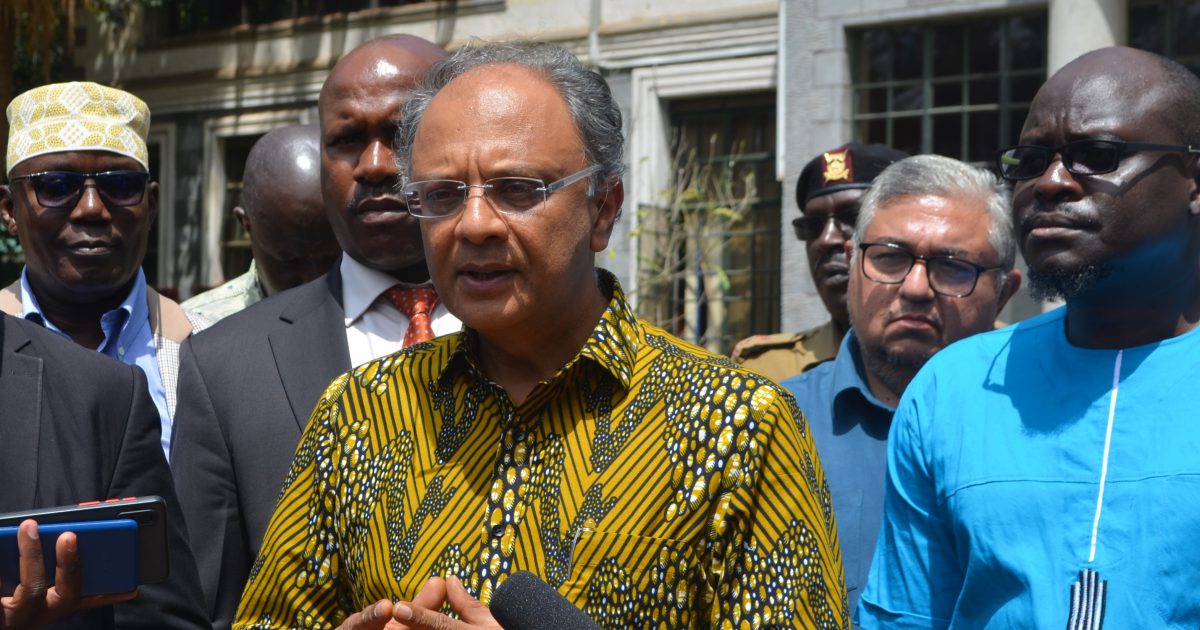The entry of Democratic Republic of Congo (DRC Congo) into the East African Community has doubled up the population of the region to 300Million people worth of consumers increasing market access, Principal Secretary for East African Community who doubles up as the Chairman, Social and Political Pillar Vision 2030 board, Dr. Kevit Desai has said.
Desai said that it has also led to an increase of total land mass in the region to 5Million Square Kilometers.
Speaking in Kakamega Friday Dr. Desai said the government is now in the process of reviewing the Common Market Protocol to include the Micro,Small Medium Enterprises(MSMEs) Sector through a charter so that MSMEs can benefit more from the initiative.
He said the review of the protocol will also address the value chains and promote the highest level of return to those that put in their energy in entrepreneurship.
He urged all stakeholders involved including the County Governments, Individuals and the private sector to rise up to the challenge by way of risk investment, ambition and innovation to benefit from the opportunity made possible when Kenya chaired the region last year.
The PS called upon the counties to encourage and support high levels of productivity, innovation and competitiveness to drive inclusive development and self-reliance.
He said the chairmanship of Kenya in the EAC has brought about Common External Tariff that will nurture local manufacturing to produce for the East African Community and its market.
“While Kakamega County has been trading with the EAC over a decade, the potential now lies in raising the profile and scale in areas of commerce which includes trade, commerce and services. This can be achieved through value addition that it promotes as far as value chains in Agriculture, transport and logistics are concerned,” he added.
He noted that Kakamega has made strides in rising up to the challenge of the expansive market by opening up 200 Kilometer of road network linking remote farmers to a continental trade system.
The PS added that the Government recognizes that stakeholders in commerce want a more predictable environment and ability to put their businesses on the forefront and ensure they are able to raise the level of productivity which will in turn have a major impact in terms of job and wealth creation to the county.
He also challenged County governments and the private sector to focus on issues of compliance, multiple licensing and address challenges of utilities such as water, electricity among others and minimize any constraints that may discourage entrepreneurship and productivity.
“We have alleviated this problem of multiple licensing, similarly in Kakamega County one of the key focus areas is to ensure we consolidate all the licenses and streamline them into a single window,” he noted.
He said at the ports of Mombasa, under the Integrated Custom Management system the government has an ambition to transact about 130 000 tons of cargo by 2025 and about 230 000 tons of cargo by 2035.
By Moses Wekesa and Jacinta Okola




